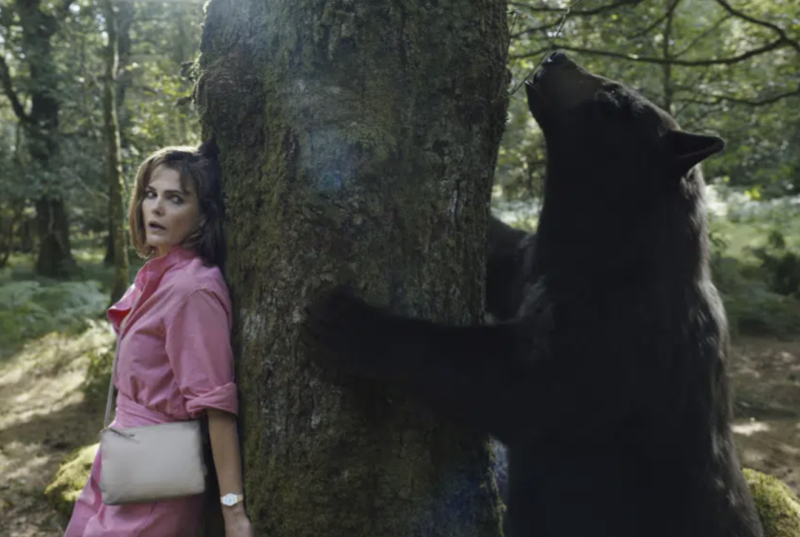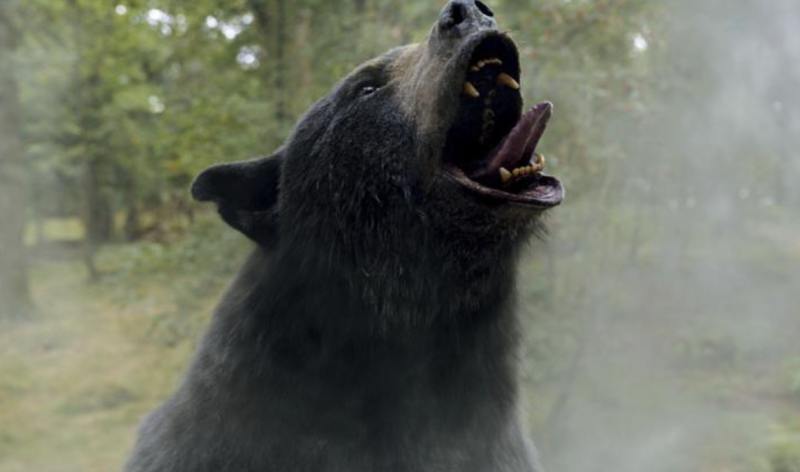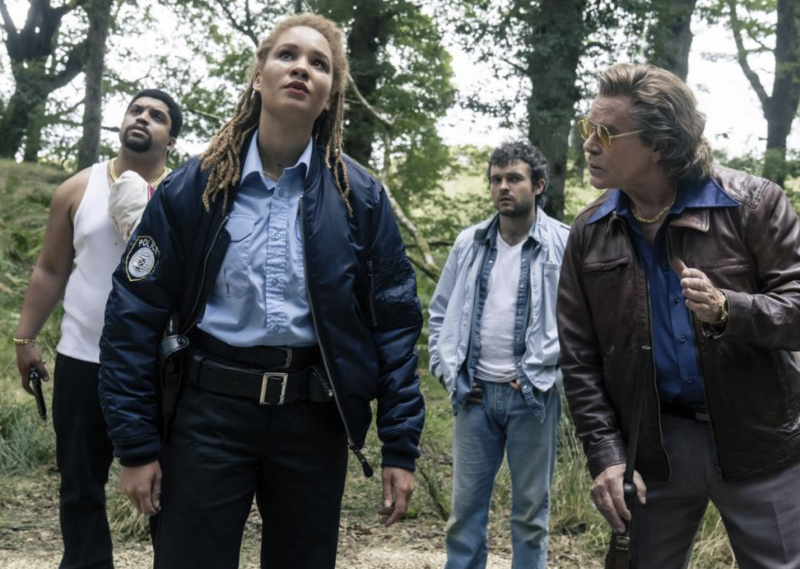On Dec. 22, 1985, The Associated Press reported the following from Blue Ridge, Georgia:
Investigators searching for cocaine dropped by an airborne smuggler have found a ripped-up shipment of the sweet-smelling powder and the remains of a bear that apparently died of a multimillion-dollar high.
Police found a sad scene. A 175-lb. black bear dead near a duffle bag and some $2 million worth of cocaine that had been opened and scattered over a hillside. The parachutist, a former Kentucky narcotics investigator, had fallen to his death in a backyard in Knoxville, Tennessee. His unmanned airplane crashed into a North Carolina mountain. Back in Georgia, the bear, examiners said, had overdosed.
The story is in many ways too much. Too absurd. Too ’80s. Even the screenwriters of the Fast & Furious movies would think it far-fetched. The stranger-than-fiction tale quickly receded from the headlines and, before some began to stoke the myth of “Pablo Escobear,” it mostly stayed buried in news media archives.
That changed when screenwriter Jimmy Warden delivered to producers Phil Lord and Christopher Miller a script titled Cocaine Bear. They were on board from page one.
“When the movie’s pitched, you hear the word ‘Cocaine,’ you’re like I’m not sure what to think of this,” Lord says. “Then when you hear the word ‘Bear,’ you’re like: I’m all in.”




